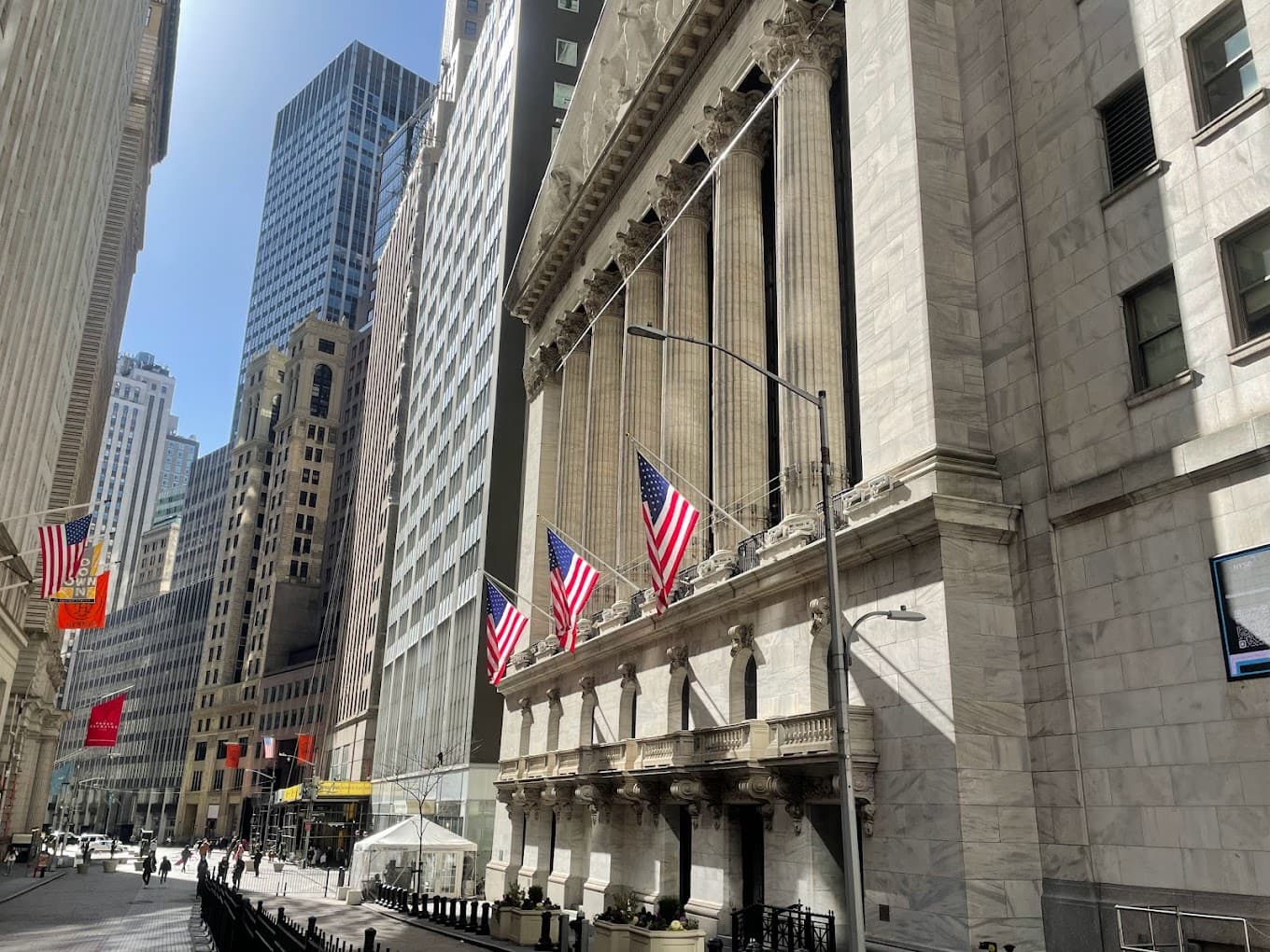FOUNDER’S SHARE CLASSES: How to Structure and Market Them
JUNE 6, 2016

In recent years, a substantial percentage of the capital invested in hedge funds has been allocated to managers with over $1 billion in assets under management. Indeed, recent studies put the number at approximately 90%.
In the aftermath of the 2008 financial crisis and the Madoff fraud, large institutional investors began placing a high priority on a manager’s resources and infrastructure—areas where size is a clear advantage. On its face, this is not surprising. What is surprising is the performance impact. A number of independent research studies have shown that emerging managers consistently outperform their mega fund peers, both on an absolute and risk-adjusted basis. Thus, the so-called mega funds may be unknowingly giving up alpha in exchange for peace of mind.
Superior performance notwithstanding, the capital raising environment for emerging hedge funds remains very challenging. In an effort to compete for capital with mega funds, a growing number of emerging managers have begun offering a founder’s share class. The premise of a founder’s share class is to encourage investors to invest early by offering them a separate share class with favorable terms. The founder’s share class is either available for a limited time period (for example, the fund’s first year) or until the fund reaches a certain asset level.
Founder’s share classes offer significant advantages to emerging managers. The obvious one is they encourage and incentivize investors to commit early. The other is managers find it simpler to offer a single set of terms to all investors. A well-structured founder’s share class will minimize the issues that can arise if the manager offers different terms to different investors, and avoids the challenge of negotiating with investors separately.
Founder’s share classes also offer important advantages to investors. The most important of them is potential alpha—a founder’s share class encourages investments at the fund’s most critical juncture. Hedge Fund Research found that over a 10-year period, funds with less than a three-year track record outperformed older funds by over 5% annually, with nearly identical volatility. Interestingly, outperformance was most pronounced during the funds’ first two years.
There are several structural factors that drive emerging funds’ outperformance. Emerging fund managers should be capable of citing these factors in every new business presentation.
First, emerging funds can be nimble because of their smaller asset base. They are better positioned to capture alpha by investing in securities that may be too small or illiquid for mega funds to consider. Due to their smaller size, as compared to mega funds, emerging managers can more easily trade in and out of positions without impacting prices. This size advantage is critically important in strategies that are less liquid and capacity constrained (e.g., long-short small- to mid-cap equity, credit strategies, convertible bond arbitrage, etc.)
Second, emerging managers and funds can quickly adjust exposures and more rapidly adapt to changing market conditions. In other words, they are better able to reduce risk in periods of market stress. They also may be more motivated to reduce risk given the significant role drawdown avoidance plays in the future growth and viability of the manager’s business.
Finally, mega funds earn substantial management fees regardless of investment performance. Protecting that recurring fee stream is a strong incentive to adopt a conservative approach. By contrast, emerging managers generally cannot survive on management fees alone. Emerging managers must generate superior performance to attract new investors and capital and, frequently, to cover salaries and expenses.
TERMS
Notwithstanding the occasional news article about a public pension plan demanding lower fees from its hedge fund managers or a fund cutting fees to retain investors, most mega funds still maintain the customary 2.0% management fee and 20% incentive fee with no hurdle rate. We believe that, on average, the founder’s share class management discount needs to be approximately 50 basis points and the average incentive fee discount should be 5%. Offering a hurdle rate is becoming more common, but this remains the exception rather than the rule. We are also seeing “claw-back” provisions on occasion.
CONCLUSION
In the current environment, it is challenging for emerging managers and funds to attract investors and capital. Yet, studies are showing that emerging managers are outperforming more established mega funds with similar risk. This is an important selling point for talented emerging fund managers who offer a founder’s share class. In effect, they can offer investors the best of both worlds—higher returns as a result of demonstrable outperformance and lower fees.
This newsletter is published as a source of information only for clients and friends of The Securities Law Group and should not be construed as legal advice or opinion on any specific facts or circumstances. The mailing of this publication is not intended to create, and receipt of it does not constitute, an attorney-client relationship.
The Securities Law Group
James Grand
jgrand@tslg-law.com
415-644-9501
Recent Posts

NEW FinCEN REPORTING RULES – APPLICATION TO FUND MANAGERS AND THEIR FUNDs
OCTOBER 1, 2024

THE “MARKETING RULE”: Predecessor Performance
JULY 12, 2024

FOUNDER’S SHARE CLASSES: How to Structure and Market Them
MAY 28, 2024

ANNUAL UPDATING AMENDMENT TO FORM ADV
MAY 14, 2024

Distinguishing “Finders” and “Brokers”
MAY 14, 2024

COMPENSATING THIRD-PARTY SOLICITORS
JULY 28, 2018
